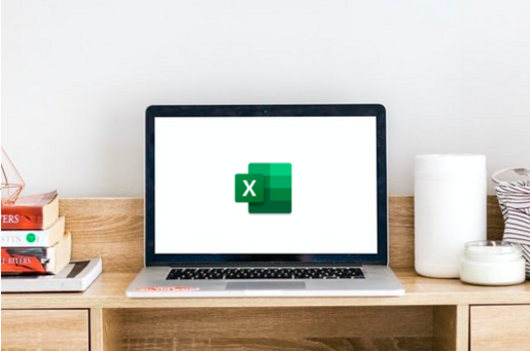
Spreadsheets
Spreadsheets are tables containing information which is generally figure-based. The term spreadsheet refers to a format commonly used for bookkeeping and accounting-related records. However, since spreadsheet applications can be used to tabulate different kinds of information, not only financial, the term has developed a more general meaning of information presented in a table, usually generated by a computer. For example, translators and language specialists use spreadsheets to manage terminology, in the form of glossaries.
Applications
One of the most popular spreadsheet applications today is Microsoft Excel. This has been the dominant spreadsheet application since version 5 in 1993.
Excel is a spreadsheet program created and distributed by Microsoft that runs also on Apple Macintosh machines. It was designed for performing calculations and creating charts.
Other spreadsheet applications available on the market include Lotus 1-2-3, OpenOffice Calc, Abykus (freeware), The Cruncher (for Macintosh), etc.
For detailed information on each of these applications, go to http://en.wikipedia.org/wiki/List_of_Spreadsheets.
Relevance for translation
This course covers basic skills as well as more complex skills that translators should master when using spreadsheets or translating information presented in spreadsheets.
Translators as well as translation and CAT teachers should know how to: create blank workbooks or workbooks on the basis of existing ones; import data into a spreadsheet or export it, when making glossaries, for example. They should also master the basic formatting tasks for worksheets needed when translating spreadsheets, for example: setting the column width and row height to see the whole text in the cells; hiding or displaying some rows or columns in order to keep an overview of the whole spreadsheet; filling cells with colour or placing borders around cells to differentiate between the fields in the spreadsheet, etc.
Language specialists should also know how to undo or redo actions, and move data between rows and columns, etc.
Among the language options that Excel offers and that translators and translation and CAT teachers should be familiar with are spell checking in different languages as well as the use of automatic correction.
Finally, it is important for translators and translation and CAT teachers as spreadsheet users to know about other basic tasks, such as creating or updating charts and printing worksheets according to specific needs.
For more general as well as more specific information on the different Excelfunctions, go to:

